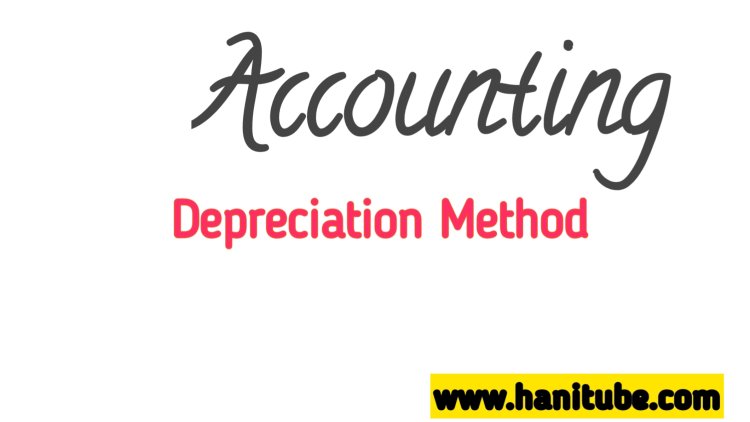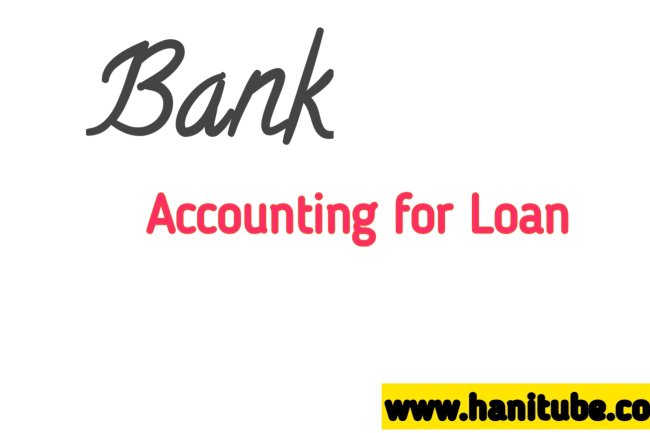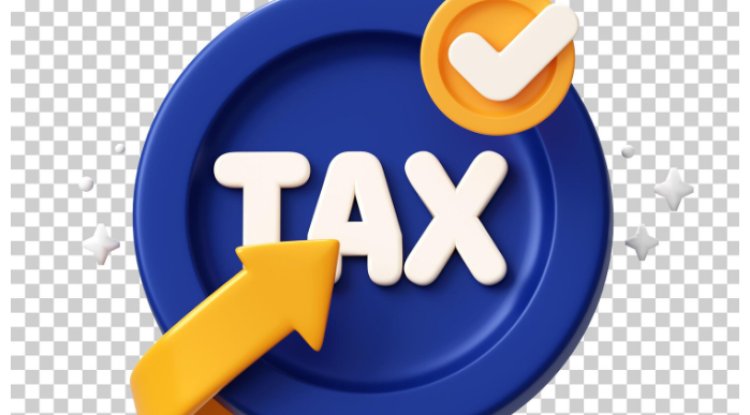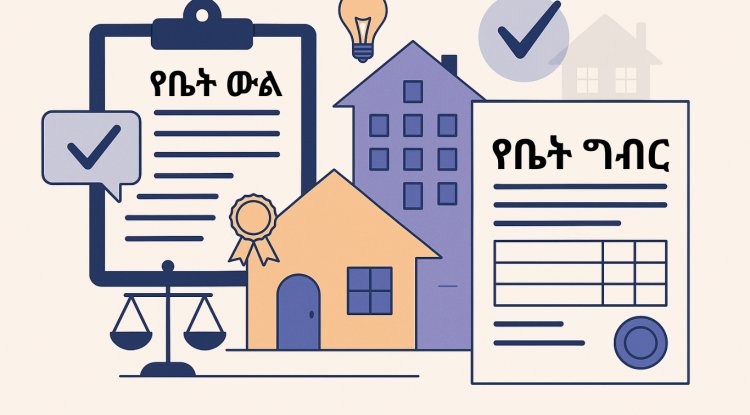How much the depreciation rate of building ?
This article provides a comprehensive overview of the depreciation rate for buildings in Ethiopia, focusing on the tax implications and regulations outlined in the Ethiopian Income Tax Proclamation. It highlights the straight-line method of depreciation, the useful life of buildings set at 20 years, and the calculation of annual depreciation expenses. Additionally, the article discusses the importance of compliance with local tax regulations and offers guidance for businesses to effectively manage their tax obligations. This article provides a comprehensive overview of the depreciation rate for buildings in Ethiopia, focusing on the tax implications and regulations outlined in the Ethiopian Income Tax Proclamation. It highlights the straight-line method of depreciation, the useful life of buildings set at 20 years, and the calculation of annual depreciation expenses. Additionally, the article discusses the importance of compliance with local tax regulations and offers guidance for b

How much the depreciation rate of building
Depreciation and amortisation
The depreciation rates range between 5% to 30% depending on the type of the asset. A taxpayer can use either a straight-line or diminishing value basis on most of the business assets, and the taxpayer is required to apply the same method of depreciation used in its financial accounts. However, some assets, such as business intangibles and buildings/structure improvements, are required to be depreciated on a straight-line method only. The tax depreciation rates are as follows:
Capital assets Depreciation rate (%) Straight-line 5% Diminishing value Buildings and structural
Depreciation of Buildings in Ethiopia
In Ethiopia, the depreciation of buildings is governed by the Income Tax Proclamation. Here are the key points regarding depreciation rates:
1. Depreciation Method
- The straight-line method is commonly used for calculating depreciation on buildings. This method allocates the cost of the building evenly over its useful life.
2. Useful Life
- Buildings: Generally depreciated over a period of 20 years, resulting in an annual depreciation rate of 5% of the building's cost.
3. Calculation of Depreciation
- The annual depreciation expense can be calculated using the formula:
- Annual Depreciation = Cost of Building / Useful Life
- For example, if a building costs 1,000,000 ETB, the annual depreciation would be:
- 1,000,000 ETB / 20 years = 50,000 ETB per year
4. Tax Deductions
- Depreciation is allowed as a tax deduction, which helps reduce the taxable income for businesses that own the buildings.
5. Regulations and Compliance
- It is essential for businesses to maintain accurate records of acquisition costs and any improvements made to the buildings, as these can impact depreciation calculations.
- Compliance with local tax authority regulations is crucial to avoid penalties.
6. Changes in Tax Law
- Tax laws can change, so businesses should stay informed about any amendments to the Income Tax Proclamation that may affect depreciation rates or methods.











